Bears have long captured our curiosity — from their appearance in childhood stories like Goldilocks to their majestic presence in the wild. These powerful mammals are more than just furry giants — they’re intelligent, adaptable, and play a key role in the ecosystems they inhabit.
Let’s explore some amazing facts about bears that will deepen your appreciation for these incredible animals.
1. 🐾 There Are 8 Species of Bears Around the World
Most people are familiar with the grizzly or polar bear, but did you know there are eight species of bears?
- American black bear
- Brown bear (includes grizzly bear)
- Polar bear
- Asiatic black bear
- Sun bear
- Sloth bear
- Spectacled bear
- Giant panda
Each species has unique traits and lives in different environments — from icy Arctic regions to warm tropical forests.
2. 🌍 Bears Live on Multiple Continents
Bears are found across North America, South America, Europe, and Asia. They are highly adaptable and can live in a variety of habitats including:
- Forests
- Mountains
- Arctic ice
- Grasslands
The only continent where bears are not native is Australia.
3. 🧠 Bears Are Incredibly Intelligent
Bears have excellent memory, problem-solving skills, and even the ability to mimic other animals. Some scientists say their cognitive abilities are close to those of great apes. In the wild, they’ve been observed opening containers, unlocking doors, and planning escape routes from traps!
4. 💤 Yes, Many Bears Hibernate — But Not All
Most people associate bears with hibernation, but the truth is more nuanced.
- Grizzly bears, black bears, and brown bears do hibernate in winter.
- Polar bears do not hibernate (except pregnant females).
- Sun bears and sloth bears live in warm climates and remain active year-round.
During hibernation, bears can go months without eating, drinking, or using the bathroom — an incredible biological feat.
5. 🍓 Bears Are Omnivores — But Love Plants More Than You Think
While some bears like the polar bear are mainly carnivorous, most bears are omnivores. Their diet includes:
- Berries and fruit
- Nuts and seeds
- Fish
- Small mammals
- Honey (yes, that part is true!)
In fact, bears spend most of their time foraging for plants, not hunting animals.
6. 🐼 Pandas Are Real Bears — But They’re Very Unique
The giant panda, native to China, is indeed a bear — but it’s one of the most specialized. Over 99% of a panda’s diet is bamboo, and they spend up to 12 hours a day eating it. Pandas are also an international symbol of wildlife conservation.
7. 👶 Bear Cubs Are Born During Hibernation
In species that hibernate, like grizzlies and black bears, females give birth during their deep winter sleep. Cubs are born blind, hairless, and no bigger than a soda can. They nurse while the mother sleeps, and emerge from the den in spring.
8. 🔊 Bears Communicate Through Sounds, Smells, and Body Language
Bears are generally silent, but they communicate using grunts, growls, roars, and scent markings. They can also show emotions like curiosity, fear, and even affection toward their young.
9. ❗ Bears Are Not Naturally Aggressive
Despite their strength and size, bears usually avoid confrontation. Attacks on humans are rare and often happen when a bear is startled, feels threatened, or is protecting its cubs. Keeping a respectful distance is always the best approach when spotting one in the wild.
10. 🌿 Bears Are Essential for Thoughts
Bears help maintain ecological balance by:
- Spreading seeds through their droppings
- Controlling prey populations
- Bringing nutrients to soil by dragging fish away from rivers
In short, bears are ecosystem engineers — and losing them can have ripple effects on entire environments.
🧠 Final Thoughts: Respect the Bear
Bears are much more than wilderness icons or storybook characters — they’re powerful, intelligent, and deeply connected to nature. As we continue to encroach on wild spaces, understanding and protecting bear habitats is more important than ever.
So next time you see a bear documentary, a paw print on a trail, or even a cuddly teddy bear, remember: you’re looking at a creature that is wild, wise, and wonderful.
